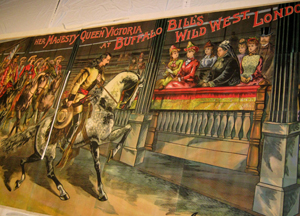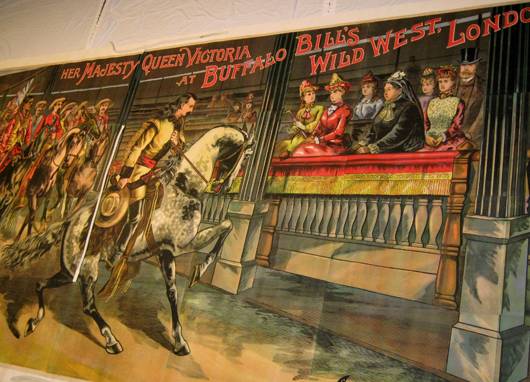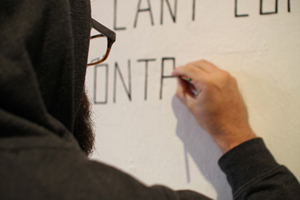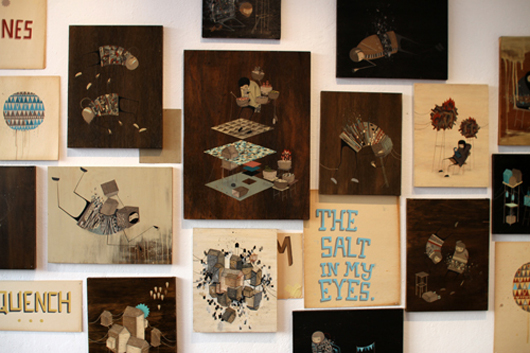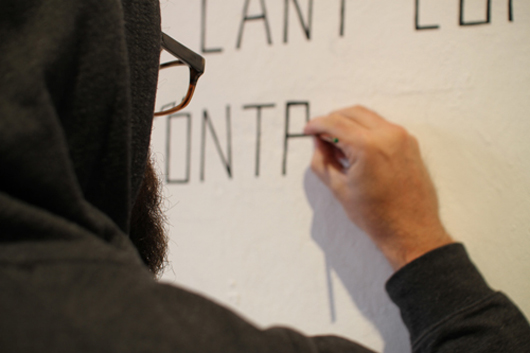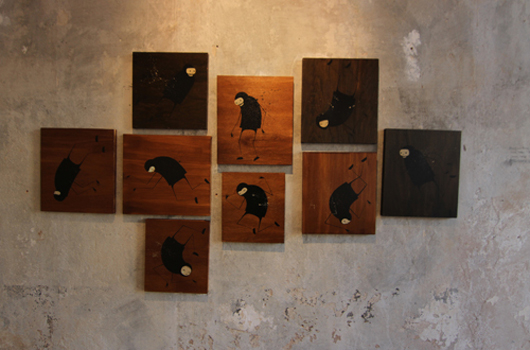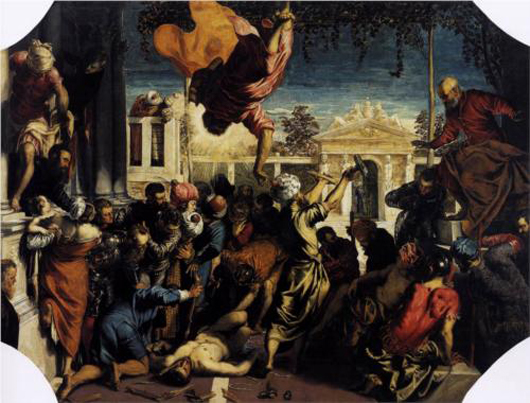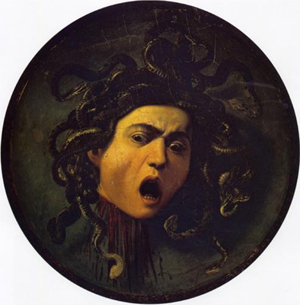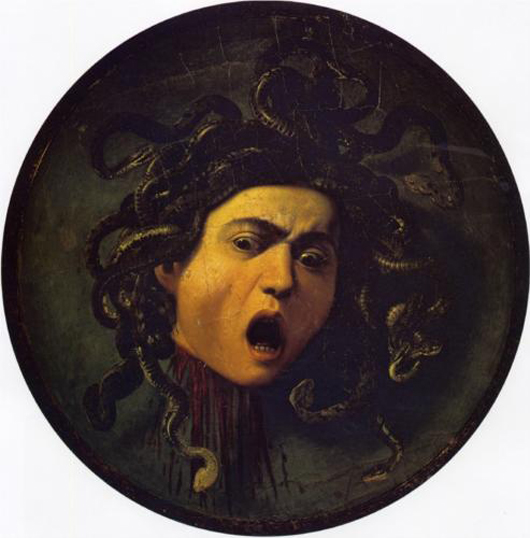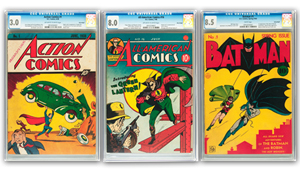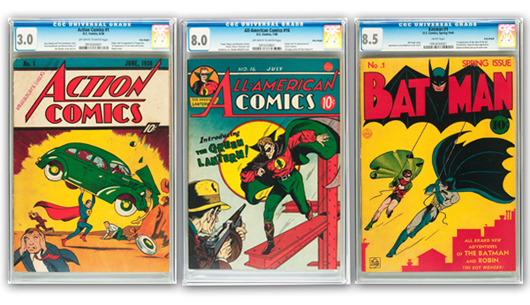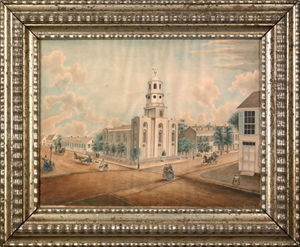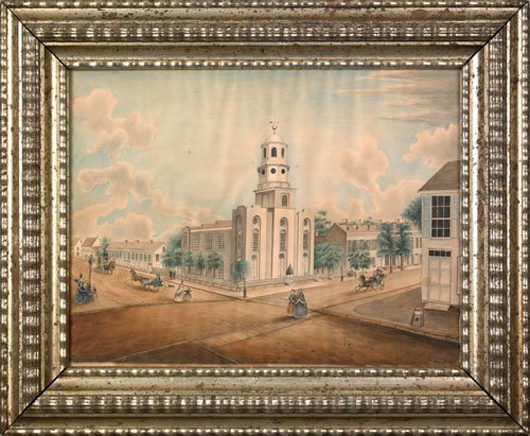
TOKYO (AFP) – In the year since Japan’s northeast coast was torn apart by a massive quake-tsunami and ensuing nuclear crisis, artists have searched for new ways to come to terms with the disaster.
The so-called “Post-3/11” movement has taken its inspiration from images of tsunami-ravaged townships and grief-stricken victims in the aftermath of the worst tragedy to hit the nation since World War II.
From activist performance art to the creation of a memorial, artists have found new ways to either make a statement against nuclear power or simply remember the thousands who perished.
“Practically every exhibition and art event held after the … earthquake has implicitly or explicitly responded to these life changing events,” says Emily Wakeling, a curator and art researcher working in Tokyo.
“The majority of artists’ responses have been emotional,” she says.
For 27-year-old installation artist Tsubasa Kato, a trip to Fukushima for volunteer work to clear up the mountains of rubble provided him with the inspiration to leave a lasting memorial.
Kato recently completed a three-storey lighthouse built from the collected ruins of houses destroyed by the tsunami, with the help of 300 local residents whose lives were wrenched apart by the disaster.
While his usual approach with large works is to drop them into place, ensuring a noisy landing, he decided his Fukushima work should be lifted quietly, as a mark of respect.
He was initially reluctant to become involved creatively, but his experiences working alongside the locals soon changed that, he said.
“In Fukushima, they were pulling buildings down, clearing the ruins. Yet there I was, with the opportunity to build something new for the community,” he told AFP in a Tokyo gallery.
He says the optimism of the thousand or so who gathered to watch the lighthouse pulled upright was palpable.
“Japanese people have a shared culture of rallying together after natural disasters, and the project was a way audiences and victims could communicate on an emotional level,” he said.
Manga artist Moeko Fujii, 25, says the disaster means she and her colleagues have had to change the way they go about their work.
“As artists we’ve had to rethink how we would present such a terrible story, and whether it was necessary to do so,” she says.
“Manga is so familiar and can be read by people of all ages, it’s a good way to understand others’ earthquake experiences,” she said.
However, while many of the artistic responses have been emotional, six-member art collective ChimPom have taken a more confrontational approach, using public anger at the country’s reliance on nuclear energy.
The group has produced a video called “Real Times” in which they travel into the middle of the exclusion zone around the crippled Fukushima Daiichi and hoist a white flag above the ruins of the plant.
They paint it with the red sun of Japan’s national flag, before transforming it into the warning symbol for radioactive material.
In a separate project, they added a panel to a mural by Taro Okamoto in Tokyo’s fashionable Shibuya district that depicts the fallout from the Hiroshima and Nagasaki atomic bombs.
Aping the the style of Okamoto’s original, the ChimPom addition shows the smoking Daiichi nuclear plant.
Although the panel—for which they did not have permission—was swiftly removed, group leader Ryuta Ushiro insists it contributed to “renewing the history” of Japan and nuclear energy.
Ushiro rejects some Post 3/11 artists’ view that there is a distinction between emotional and political responses to the disaster.
“When you try to create something, sharing one experience together, the action inevitably takes on a political aspect,” he said.
“The issue is not really whether it is political or not, but whether it was made with the intention of communicating with other people.”
ChinPom videos can be viewed at: http://www.pbs.org/wgbh/pages/frontline/the-atomic-artists/chimpom-art/
ADDITIONAL IMAGE OF NOTE



